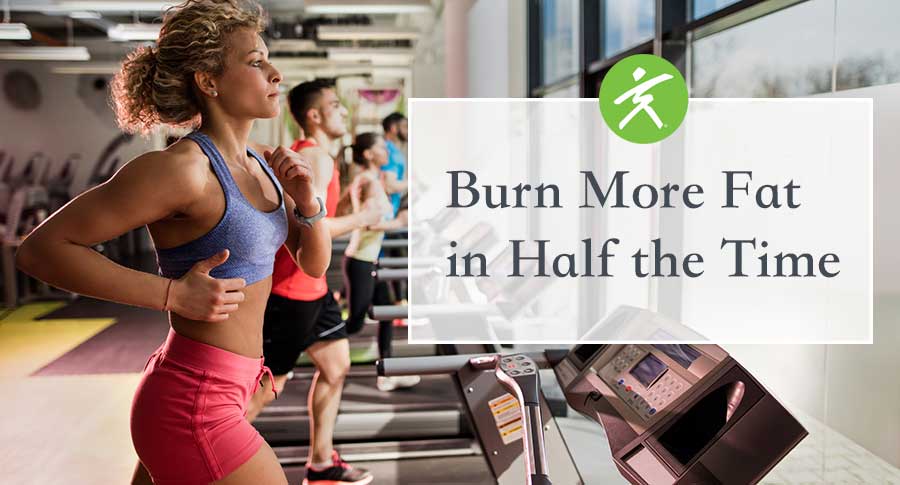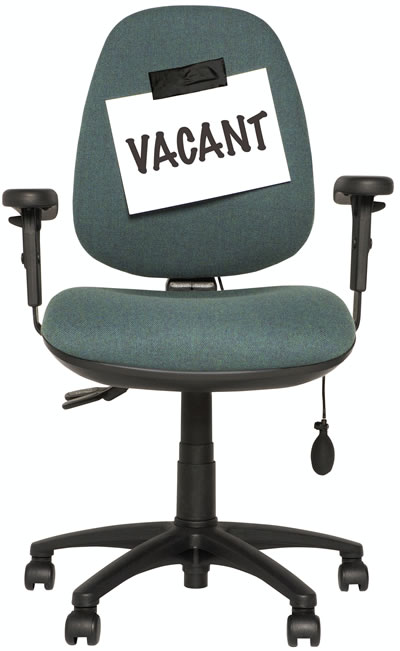How To Burn More Fat
Want to make the most of your workout? Burn the greatest amount of body fat? Here are four top tips from the Pritikin Longevity Center + Spa in Miami, Florida.

How To Burn More Fat – Tip #1
Move Just About Every Day, And Be a Hare (Not a Tortoise)
To boost the amount of body fat you burn when you exercise, aim for frequency of bouts over the course of the week, not the length of any single workout. Commitment to a daily 30-minute cardio routine can be more effective than an every-other-day workout that lasts 60 minutes. That’s because these shorter (but daily) sessions often add up to a greater amount of exercise time for the entire week.

Plus, when you’re exercising for less time (30 rather than 60 minutes), it’s easier to work out harder, sweat more, amp up that treadmill at a higher incline or faster pace, and go all out. That’s really important in terms of your fat-burning potential because the more intense your routine, the more fat you’ll burn for several hours after.
Here’s what’s happening in your body: During a higher-intensity cardiovascular workout, such as intervals on a treadmill or charging up and down hills, your body will use as its fuel source more carbohydrates versus fat, but for hours afterwards you’ll burn more body fat because your high-intensity workout did a great job of revving up your metabolism. A faster metabolism results in more fat burn by day’s end.
Put simply, the more carbohydrate you burn during exercise, the more fat you burn after. So for most days of the week, go for the shorter, higher-intensity routines rather than the longer, low- to moderate-intensity ones.
Very effective for cardio fat burning is cross-training, also know as circuit training. Here’s an easy-to-execute example: Spend just 5 to 10 minutes on one particular cardio machine, then move to a completely different machine with a different movement pattern for another 5 to 10 minutes, then move to a third one (i.e., treadmill to elliptical to bike). “Because the movement pattern is different over a short pe riod of time, it is easier to maintain a higher intensity,” explains Pritikin Director of Fitness Jamie Costello.
How To Burn More Fat – Tip #2
Feed Yourself Optimal Fuel

For optimal performance for these higher-intensity workouts, eat what you ate at the Pritikin Longevity Center – a high-fiber diet (whole carbohydrates like fruits, vegetables, whole-wheat pasta, beans, and brown rice and sweet potatoes), plus modest amounts of lean animal meat like fish, skinless chicken breast, and bison.
Remember how these high-quality foods made you feel when you were at Pritikin? Alive! Alert! Flying off those treadmills! At the end of the day, you and your Pritikin teammates had energy to spare. This is living. This is what healthy nutrition is all about. This is what you need to maximize your workouts, and maximize fat burn.
How To Burn More Fat – Tip #3
Power Up
Don’t forget another key strategy you learned at Pritikin: the power of strength training, also called resistance training, to ramp up your body fat burn. Use free weights, exercise bands, or machines.
Points out exercise expert Jamie Costello, MS, “Know that muscle cells burn fat calories all day, and maintaining muscle mass with strength training will allow your metabolism will hum at a higher, fat-burning rate long after you’re done with your workout!”
As with cardiovascular workouts, strength workouts that are shorter in duration yet higher in intensity are the way to boost your fat-burning furnaces. They’ll utilize tremendous amounts of carbohydrates as fuel during exercise, which will kick up your metabolism for hours afterwards.
And, just as with cardio workouts, you can cross-train your strength workout. It is not important how fast the movement is. To burn fat, it’s far more important to keep moving (no rest periods). For example, start with one set of a leg exercise (like squats), then move right to one set of a back exercise (like rows), followed by one set of a core exercise (like crunches). What’s really neat about this cross-train strategy is that you’re done in 10 minutes or less.
How To Burn More Fat – Tip #4
Don’t Sit On Your Tush the Rest of the Day.
“An elevated metabolism can last all day,” says Jamie. “The secret is to avoid being an exerciser who is relatively sedentary before and after your workout.”

And many of us are guilty of this! We sweat like crazy for an hour, then sit or slumber for the remaining 23 hours of the day. Not good, asserts recent research. If you’re at work, get up from your desk chair every half-hour or so and walk around the office. Step into a colleague’s office instead of sending an email. Better yet, coax the colleague into taking the conversation outdoors for a walk around the block. Talk shop while racking up a half-mile together. (And it’ll feel good to get away from office noise for a few minutes.)
Just getting up from your chair is beneficial. While talking on the phone, stand up and move around. Do the same at meetings. Yes, every step counts.
Strive for a daily minimum of 10,000 exercise and non-session steps per day (10,000 steps adds up to about four to five miles, depending on your stride). At the Pritikin Longevity Center, many guests and staff use activity trackers like Fitbit to keep record of their steps. You’ll benefit not just with a peppier metabolism but also with improved weight loss. “An extra 5,000 steps a day can yield as much as an extra 250 calories burned for the day, which over the course of a year can add up to about a 25-pound weight loss,” notes Jamie.
At the Pritikin Longevity Center, many guests and staff use pedometers and fitness trackers (they’re great motivators) like Fitbit. You’ll benefit not just with a peppier metabolism but also with improved weight loss. “An extra 5,000 steps a day can yield as much as an extra 250 calories burned for the day, which over the course of a year can add up to about a 25-pound weight loss,” notes Jamie Costello, MS.
So take advantage of every seemingly small movement opportunity. Park at the far end of the parking lot. Take the stairs instead of the elevator. Stride up and down the terminal while waiting for your plane or train. Kick the soccer ball around with the kids and grandkids. “These small movements deliver huge rewards – physically, emotionally, and mentally!” sums up Jamie.
Our health can be judged by which we take two at a time – pills or stairs.